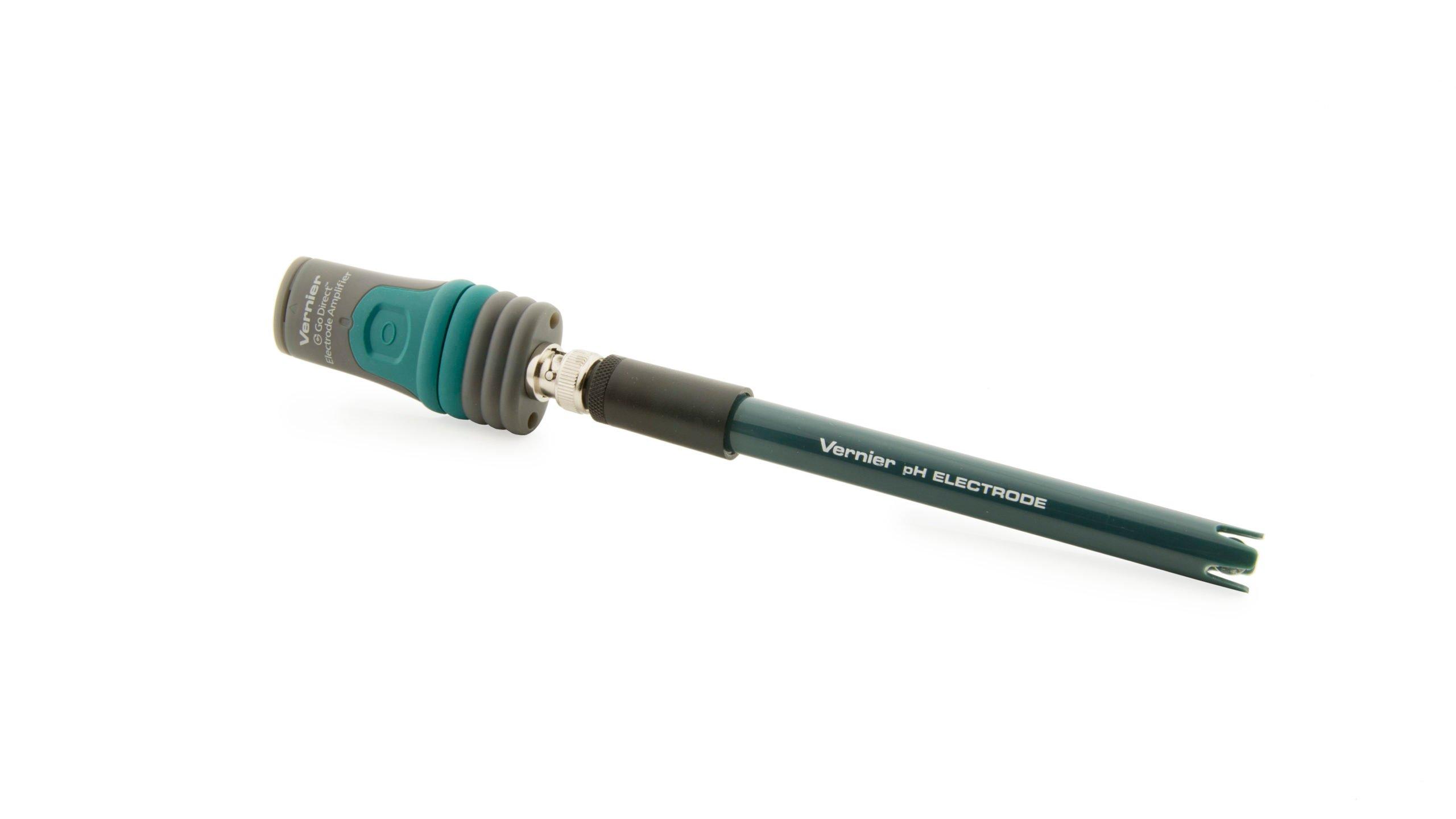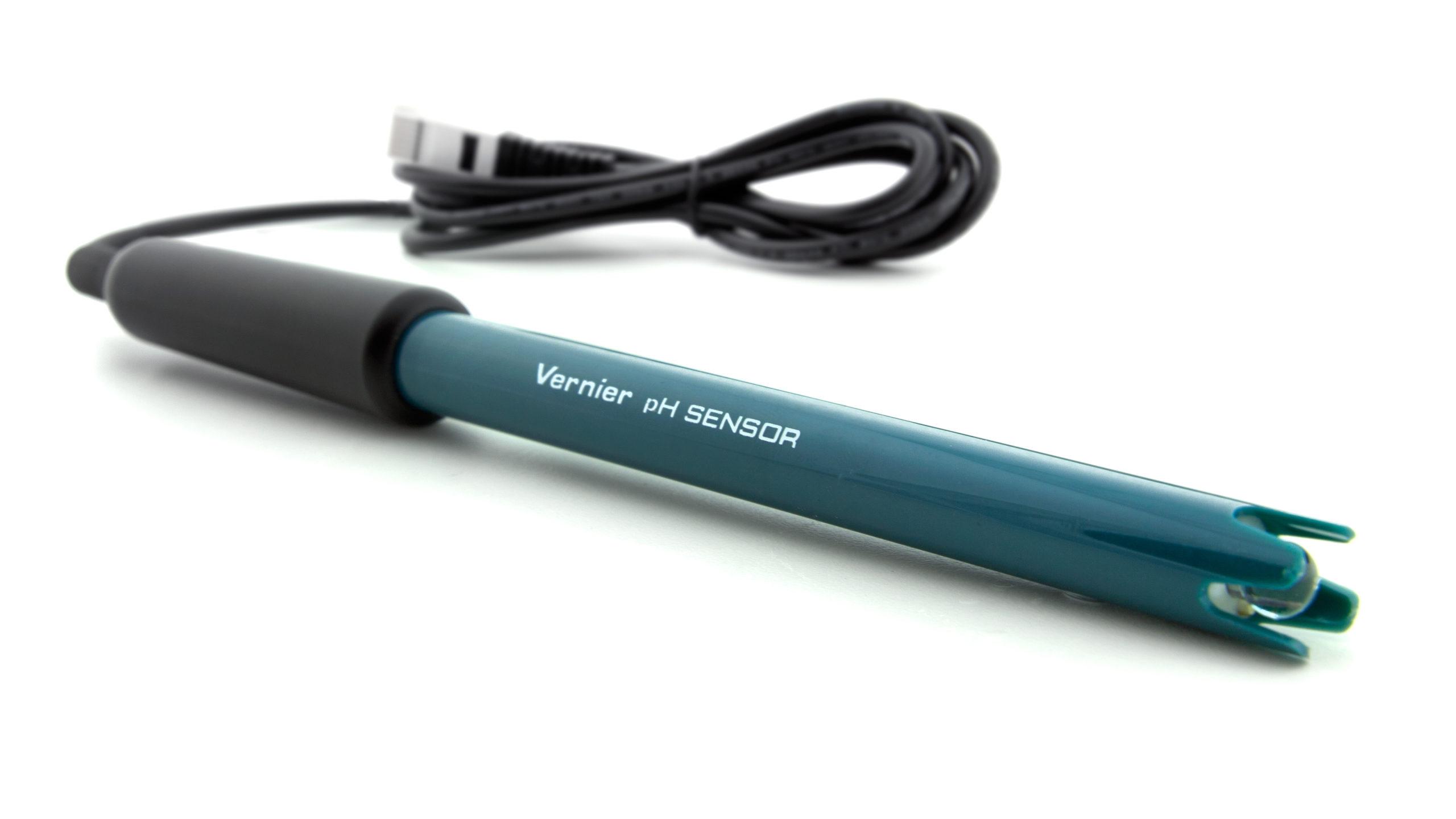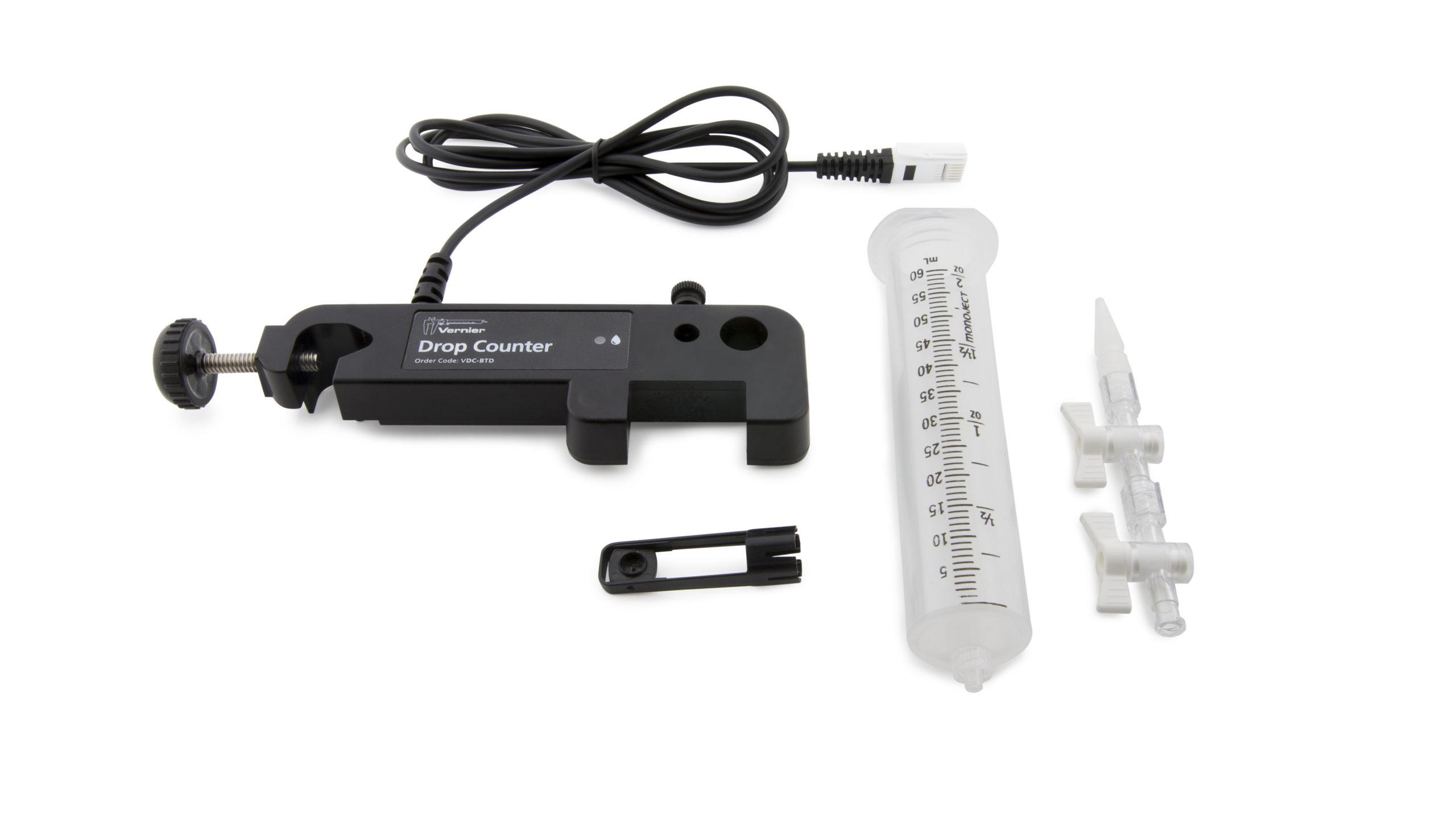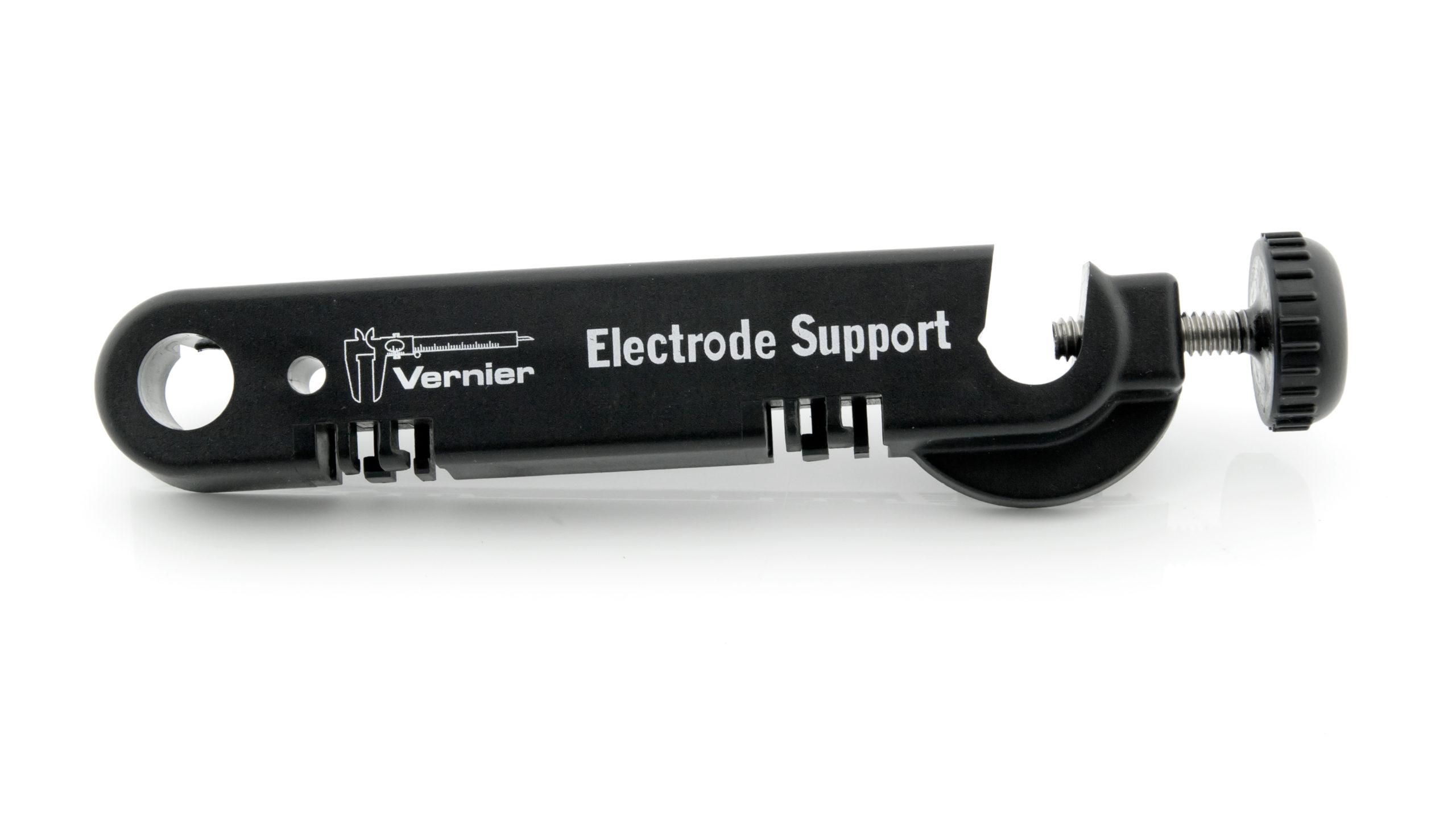The Buffering Ability of Commercial Products
Experiment #15 from Vernier Chemistry Investigations for Use with AP* Chemistry
- Education Level
- High School
- Subject
- Chemistry
Introduction
Buffers are interesting things. An aqueous buffer has the ability to resist, for a time, changes in pH that are caused by the addition of strong acids or strong bases. Observing and measuring how this works are objectives of this investigation.
First, consider the components of a buffer. An aqueous buffer solution is composed of a weak acid and its conjugate base, or a weak base and its conjugate acid. If acetic acid is chosen as the weak acid, then the next step is to find its conjugate base. A salt of acetic acid, such as sodium acetate, serves this purpose.
The next consideration is the molar concentration of the buffer. Generally, a buffer is prepared by combining equal molar amounts of the species that will react with hydronium ions (H3O+) from acids and hydroxide ions (OH–) from bases. For the acetic acid/sodium acetate buffer, equal volumes of 0.50 M solutions of acetic acid and sodium acetate can be used. Higher concentrations make the buffer stronger, able to soak up more H3O+ or OH– ions.
Many commercial products are formulated to contain buffers. Buffers can be important for helping stabilize the activity of enzymes and proteins, as well as control the color and flavor of foods. Controlling pH is a very important factor in maintaining the physical, chemical, and microbiological stability of foods. To a lesser degree of importance, but interesting nonetheless, adding a buffer to a product like a powdered drink mix can help keep the flavor consistent when the various sources of water used with the drink mix may differ slightly in pH.
Objectives
In the Initial Investigation, you will gain experience using a pH sensor to conduct a titration of a weak acid, citric acid. Upon doing so, your instructor will offer a series of commercial products containing buffers. You will select two of these products and test their buffering abilities.
Sensors and Equipment
This experiment features the following sensors and equipment. Additional equipment may be required.
Ready to Experiment?
Ask an Expert
Get answers to your questions about how to teach this experiment with our support team.
- Call toll-free: 888-837-6437
- Chat with Us
- Email support@vernier.com
Purchase the Lab Book
This experiment is #15 of Vernier Chemistry Investigations for Use with AP* Chemistry. The experiment in the book includes student instructions as well as instructor information for set up, helpful hints, and sample graphs and data.







